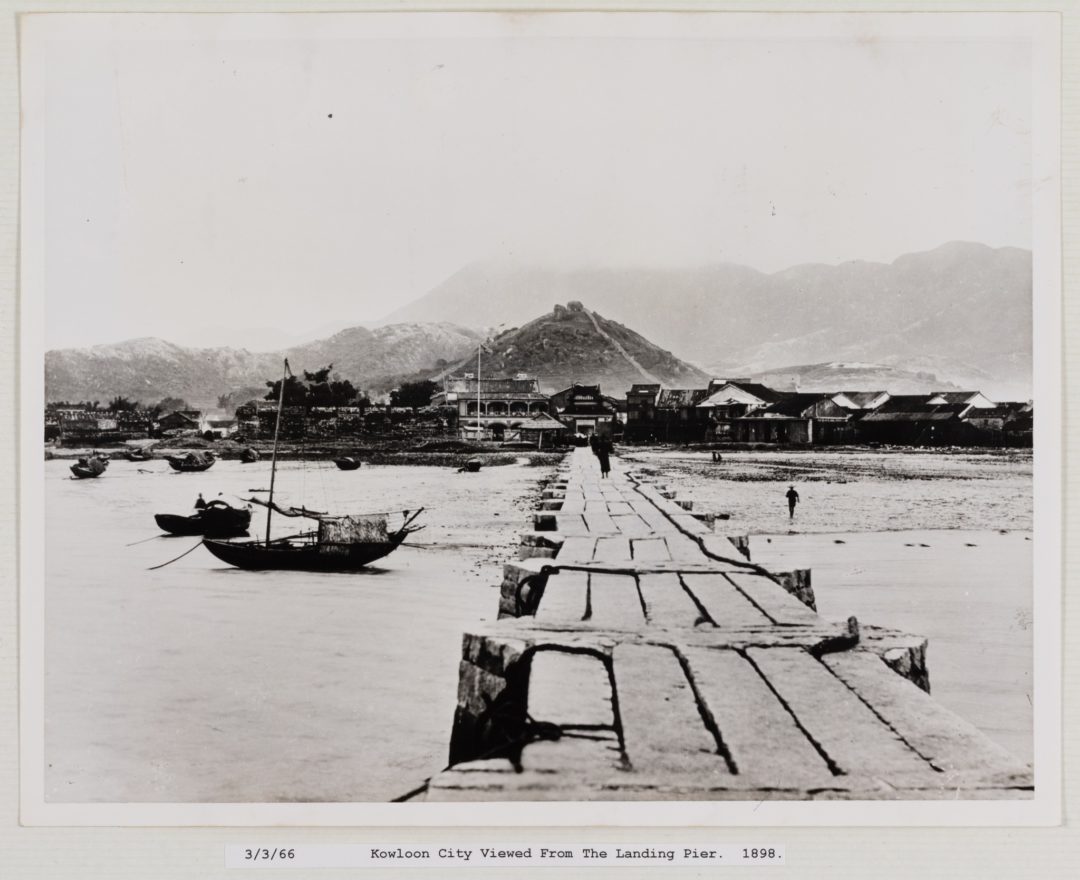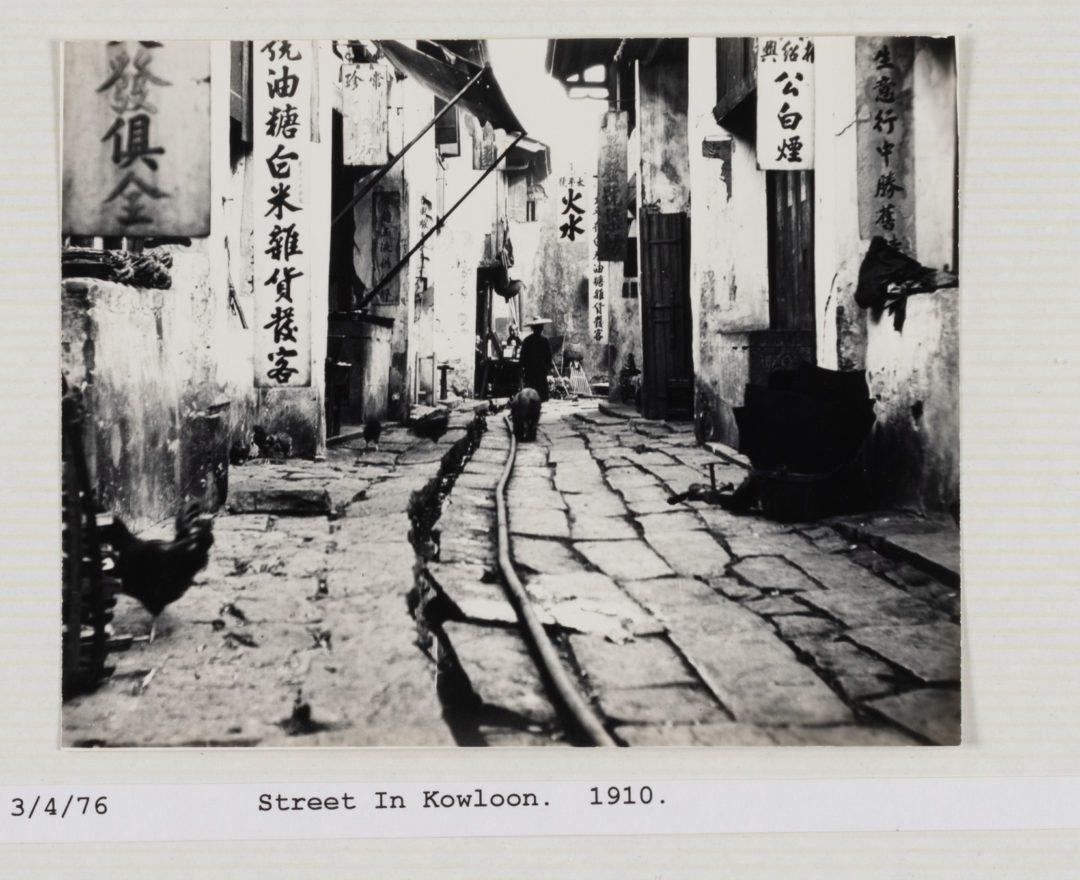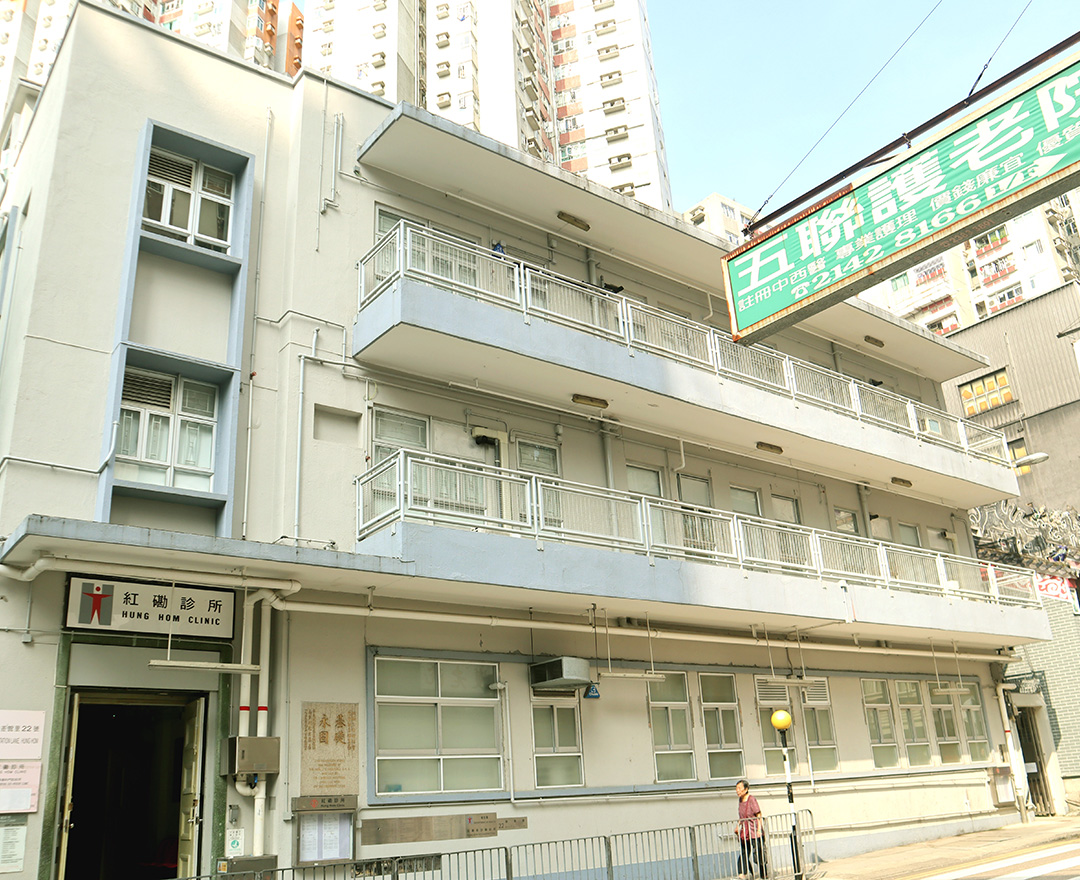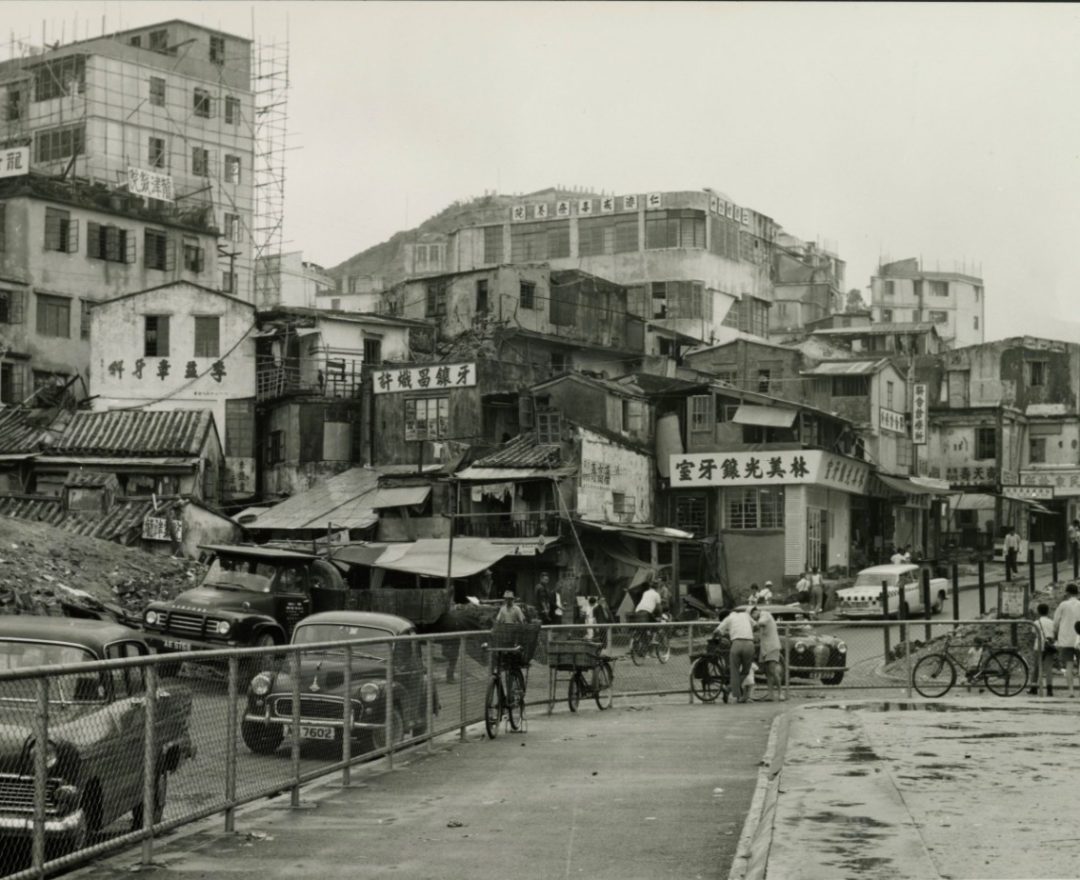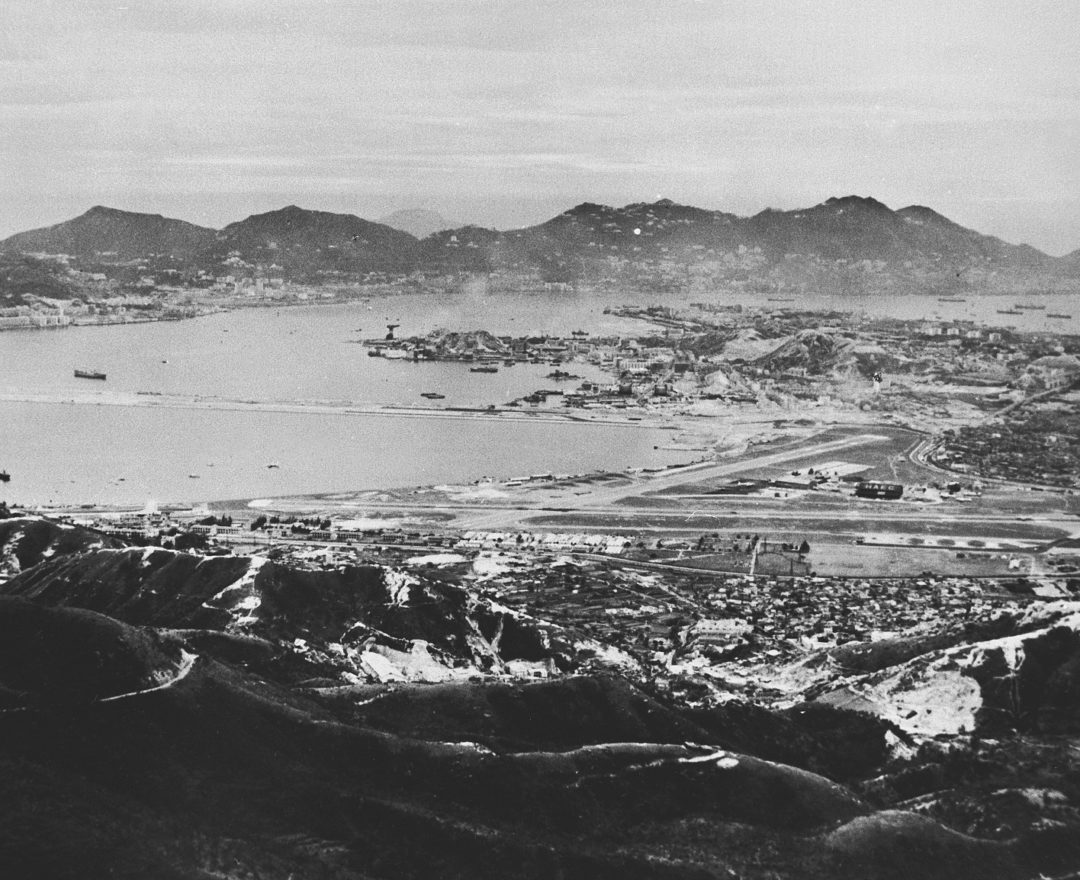When the walled city was formed, some Chinese officials from Kowloon City were ordered to station in Hong Kong Island, aiming for intelligence exchange with the British colonial government. It was said that the tip-offs provided by the Chinese officials contributed to the British success in purging the two leading pirates, Shap-ng-tsai and Chui A-poo.
In the early time of Kowloon Walled City, a simple pier was set up near the waterside city gate, offering boat service between Hong Kong and Kowloon. Taking advantage of the accessibility and location, gambling businesses thrived, so did the tourism. It is said that Kowloon City became a popular spot for foreign gamblers and visitors. Duelling, a prevailing practice to resolve conflicts in the western society, was also introduced to the walled city. Two combatants stood back to back, walked 25 steps, turned and fired at each other. No matter the result, either one of them injured or dead, or both dead, the conflict was regarded as settled. Legal records mentioned the events and the corresponding actions taken by the police force. To avoid damage to the colonial government’s reputation, it decided to stop the trend by filing charges. The winds of malice had begun since the city’s early stage.
The old pier was no longer capable of handling the huge visitor flow. In 1875, the new pier commenced in service. The connecting stone bridge was 200 metres long and 2.6 metres wide, supported by 21 piers. It provided docks for larger civic vessels and Chinese naval ships. Custom checkpoint was also set up there. Given the inscription of “Lung Tsun” on the rain shelter built by the pier, it was named “Lung Tsun Pavillion” and the bridge as “Lung Tsun Stone Bridge”.
